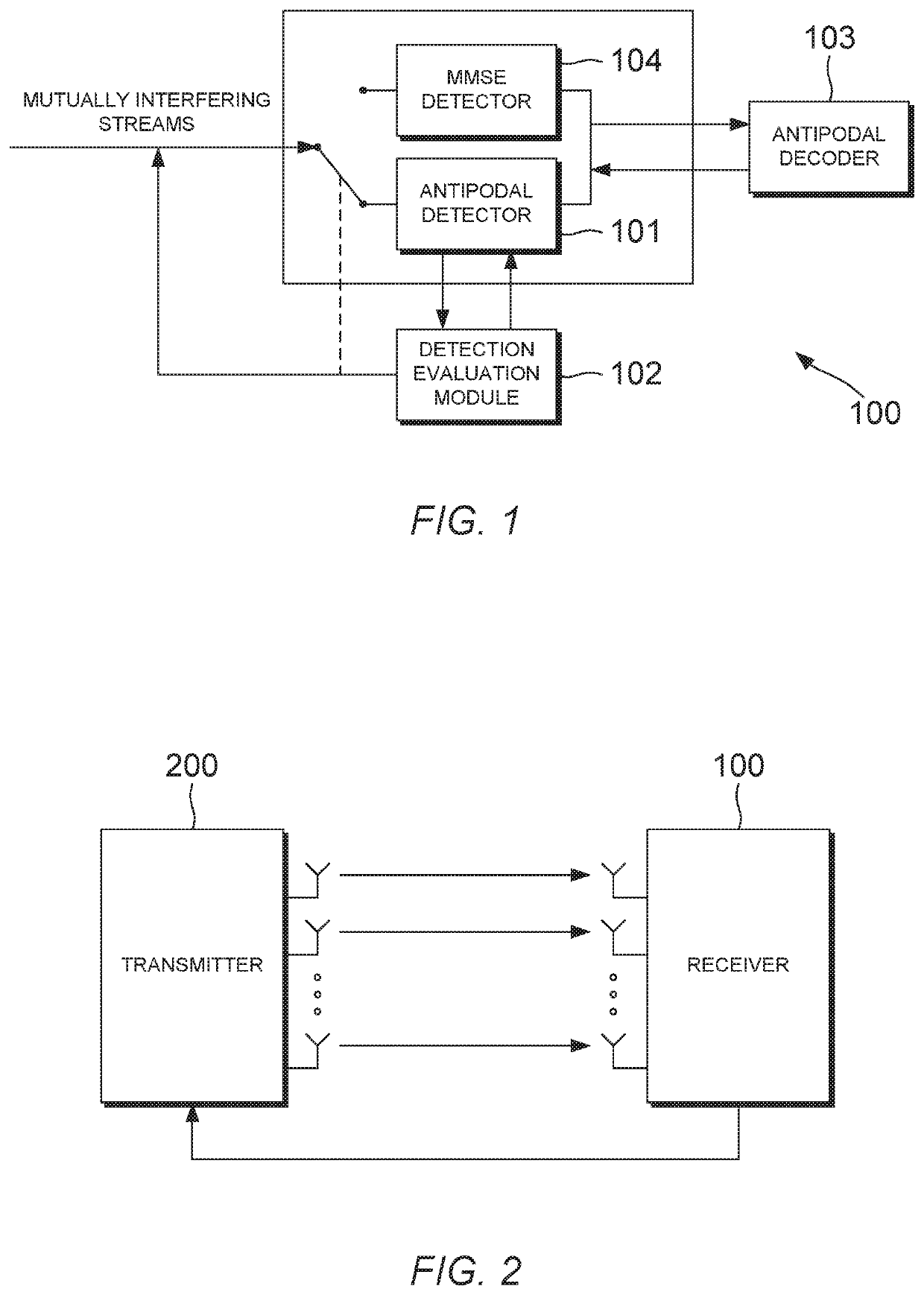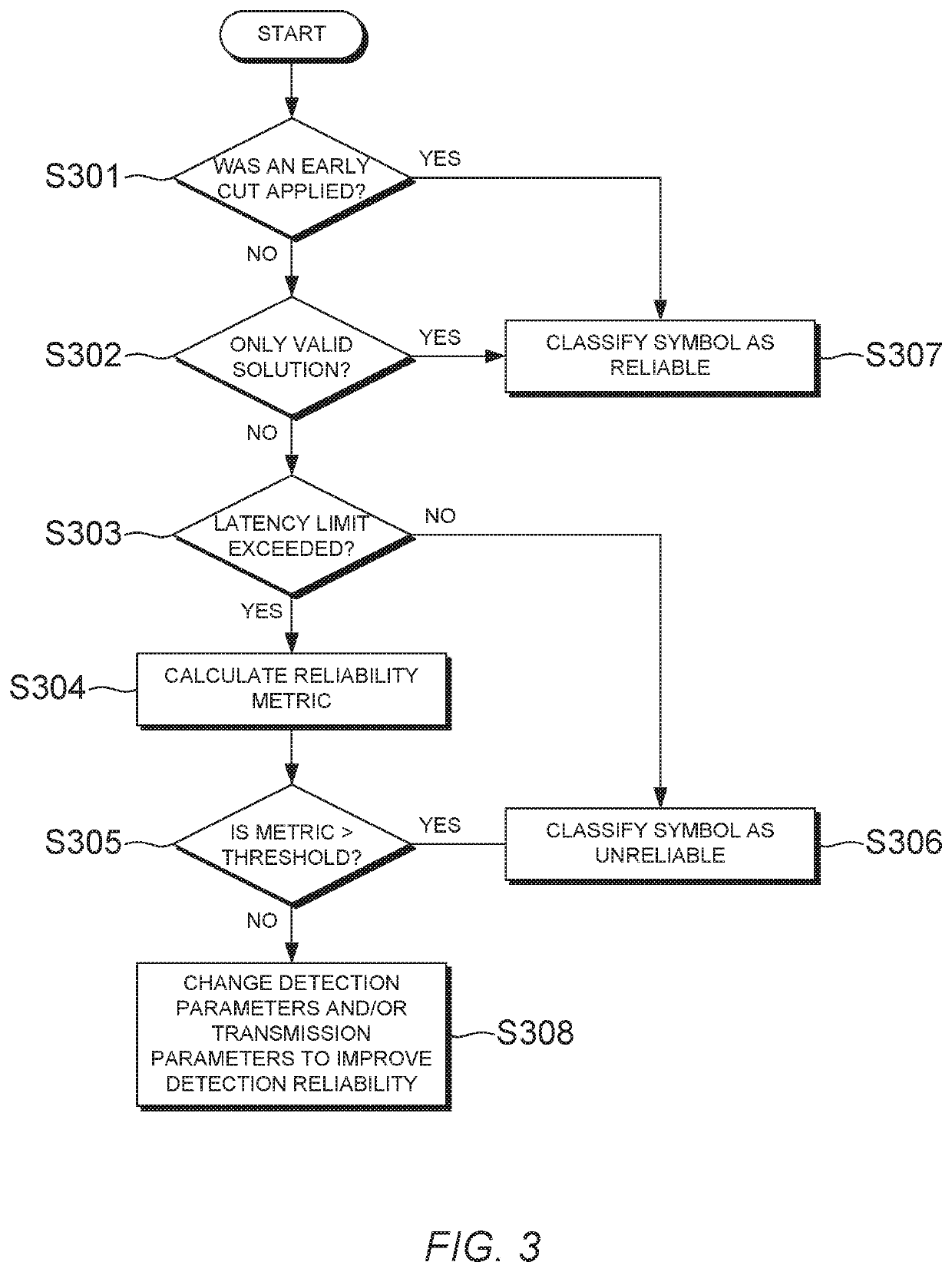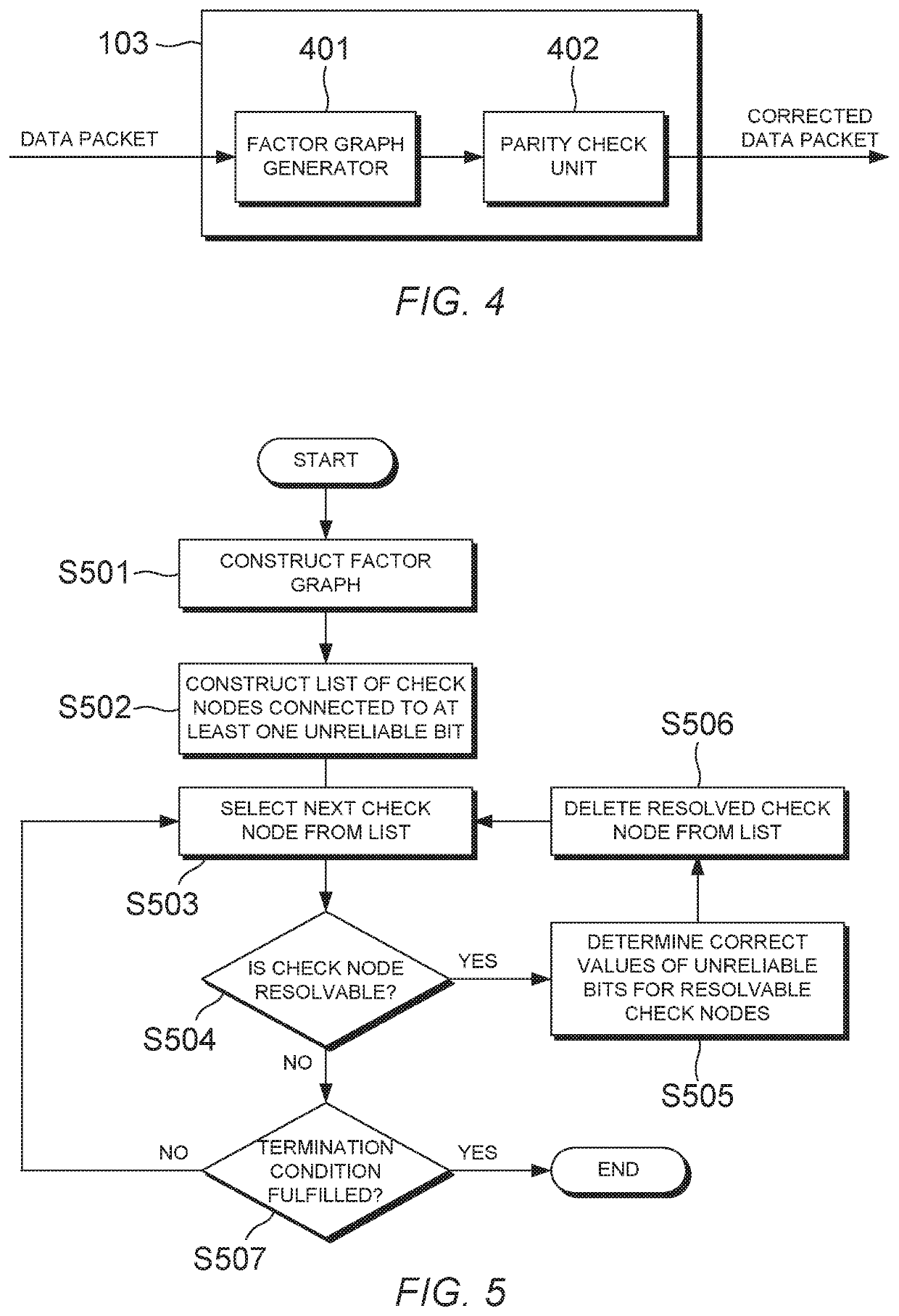Apparatus and Method for Detecting Mutually Interfering Information Streams
a mutually interfering information and stream technology, applied in the field of can solve the problems of unable transmitted streams interfere with each other, and inability to meet the ever-increasing demand for higher capacity, etc., and achieve the effect of detecting mutually interfering information streams in order to recover original data, and achieving the effect of detecting mutually interfering information streams
- Summary
- Abstract
- Description
- Claims
- Application Information
AI Technical Summary
Benefits of technology
Problems solved by technology
Method used
Image
Examples
Embodiment Construction
[0036]In the following detailed description, only certain exemplary embodiments of the present invention have been shown and described, simply by way of illustration. As those skilled in the art would realize, the described embodiments may be modified in various different ways, all without departing from the scope of the present invention. Accordingly, the drawings and description are to be regarded as illustrative in nature and not restrictive. Like reference numerals designate like elements throughout the specification.
[0037]Embodiments of the present invention make use of the observation that in order for a given vector solution to be highly reliable, there should be no other or only a few solutions with a similar detection metric to the current solution. In this scenario, that is to say, when the number of candidate solutions with a similar value of the detection metric is small, the vector solution can be found relatively quickly using a vector search algorithm by excluding the...
PUM
 Login to View More
Login to View More Abstract
Description
Claims
Application Information
 Login to View More
Login to View More - R&D
- Intellectual Property
- Life Sciences
- Materials
- Tech Scout
- Unparalleled Data Quality
- Higher Quality Content
- 60% Fewer Hallucinations
Browse by: Latest US Patents, China's latest patents, Technical Efficacy Thesaurus, Application Domain, Technology Topic, Popular Technical Reports.
© 2025 PatSnap. All rights reserved.Legal|Privacy policy|Modern Slavery Act Transparency Statement|Sitemap|About US| Contact US: help@patsnap.com



